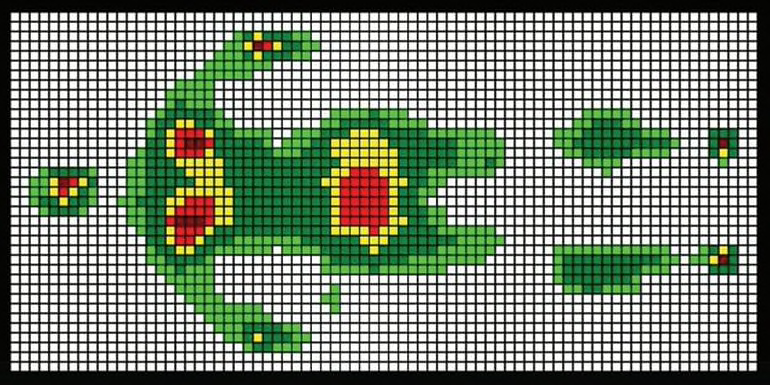Finding the right mattress is a subjective process. One person's idea of a cushy mattress might be another's idea of an unforgiving hard bed. Then there's the choice of types—innerspring, foam, and adjustable air—which brings another wave of opinions. Factor in your size and favorite sleeping style—on your back, on your side, or on your stomach—and the decision only becomes more baffling.
Consumer Reports takes the guesswork out of buying a new mattress by subjecting the mattresses in our labs to objective tests that employ man, woman, machine, and plenty of technology to predict how well a mattress will perform—and how long it will hold up.
We buy every product we test, including lots of mattresses. "We spend about $80,000 a year on the mattresses alone, and more than that on our testing," says Chris Regan, who oversees CR's mattress testing. We've tested well over 200 mattresses in the past five years.
Here's how it all adds up.
Overall Score
Each mattress we test is awarded a numerical score on a 100-point scale. Individual tests for side and back support, durability, and stability carry the most weight. Note that results for adjustable-air mattresses, such as Sleep Number beds, represent an average of firmness levels.
Support
In our support tests, we use human subjects of small and large stature. (We average the results of both to produce the score for average-sized sleepers.)
For the side-sleeping score, we observe several points along each subject's spine and measure how much they depart from a straight line (see photo, above). For a test model to score well, the points must remain fairly parallel to the surface of the mattress. For the back-sleeper score, we graph dozens of points along the spine and measure whether the mattress maintains the natural curve of the spine.
Pressure

To measure pressure (a calculation that's factored into the Overall Score), we lay a mat equipped with 680 sensors over the mattress. A test subject then lies on his or her back, and the sensors record the level of pressure at almost every point where the body comes into contact with the mattress. In the resulting image, red indicates the points of highest pressure (shown above).
"Those are the places where you might feel tingling, numbness, or even pain," Regan says. "The lower the pressure data, the higher the score."
Durability

A mattress is an investment you'll want to last. In our durability test, a machine pushes and pulls a 308-pound wood roller (shown above) across the mattress 30,000 times. The test takes about 30 hours and simulates eight to 10 years of use. "That's like tossing and turning on a mattress 3.6 million times," Regan says.
When the torture ends, we measure for changes in firmness, check for sagging, and inspect for damage. "For a mattress to earn an Excellent rating in durability, we'd see no evidence of damage, sagging, or change in support," Regan says. "In the worst models, we see sagging of nearly 10 percent."
Stabilization

The stabilization test is a measure of how much vibration is transmitted across the mattress. With an innerspring, lots of bounciness can result in a restless sleeper on one side of the bed waking up a sound sleeper on the other. We assess this by applying an impact (shown above) and measuring the number of bounces before the mattress has settled. Models that score decently also get a Yes notation under the Resists Bounciness column under Features & Specs in our ratings.
Because some foam mattresses are so soft that you can sink in and find it difficult to change positions, we use the same measurements as a proxy for how easy it is to change your sleeping position. Foam models that score decently are represented in the Eases Movement column. Most models that earn a CR recommendation score well on this test.
Firmness

Not all claims mattress companies make about firmness are accurate. So, using an objective industry test standard, we apply a load to the mattress of up to 1,000 Newtons (4.4 newtons equal a pound). Then we rank the results on a scale of 1 to 10, with 10 being the firmest. We don't factor this into the Overall Score because it's up to you whether you prefer a soft or firm mattress.
Retains Warmth
Foam mattresses in particular are criticized for "sleeping warm"—that is, retaining heat. You might want this during the winter, though you'd rather the mattress release heat during the warmer months. We measure the insulation properties of the mattress over a 10-hour period using a temperature-controlled chamber to assess how much body heat a mattress captures.
Essentially, one mattress that insulates more than another won't allow enough body heat to escape, and, therefore, you'll feel warmer. While we don't factor this into the Overall Score, you can find out whether a mattress you're considering retains warmth in the Features & Specs section of our mattress ratings.
Tips for Buying a Mattress
Tossing and turning all night? Maybe it's time for a new mattress. On the 'Consumer 101' TV show, CR expert Chris Regan shares tips on what to look for when mattress shopping.


















